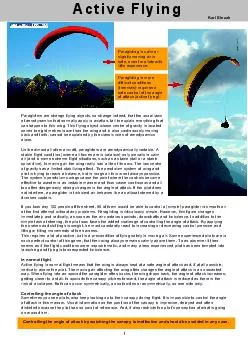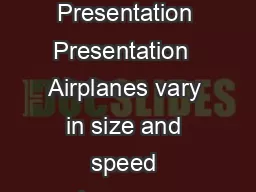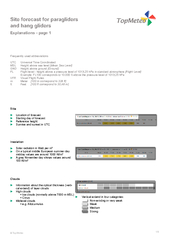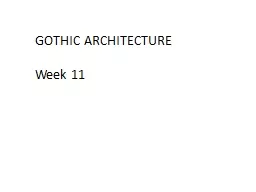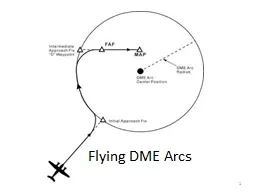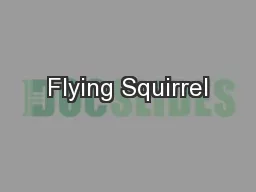PDF-1 Paragliders are strange flying objects, so strange indeed, th
Author : olivia-moreira | Published Date : 2015-09-20
safe even for pilots with Paragliding in more difficult conditions thermals requires a active fl y in Karl Slezak Controlling the angle of attack by watching the
Presentation Embed Code
Download Presentation
Download Presentation The PPT/PDF document "1 Paragliders are strange flying ..." is the property of its rightful owner. Permission is granted to download and print the materials on this website for personal, non-commercial use only, and to display it on your personal computer provided you do not modify the materials and that you retain all copyright notices contained in the materials. By downloading content from our website, you accept the terms of this agreement.
1 Paragliders are strange flying objects, so strange indeed, th: Transcript
Download Rules Of Document
"1 Paragliders are strange flying objects, so strange indeed, th"The content belongs to its owner. You may download and print it for personal use, without modification, and keep all copyright notices. By downloading, you agree to these terms.
Related Documents

